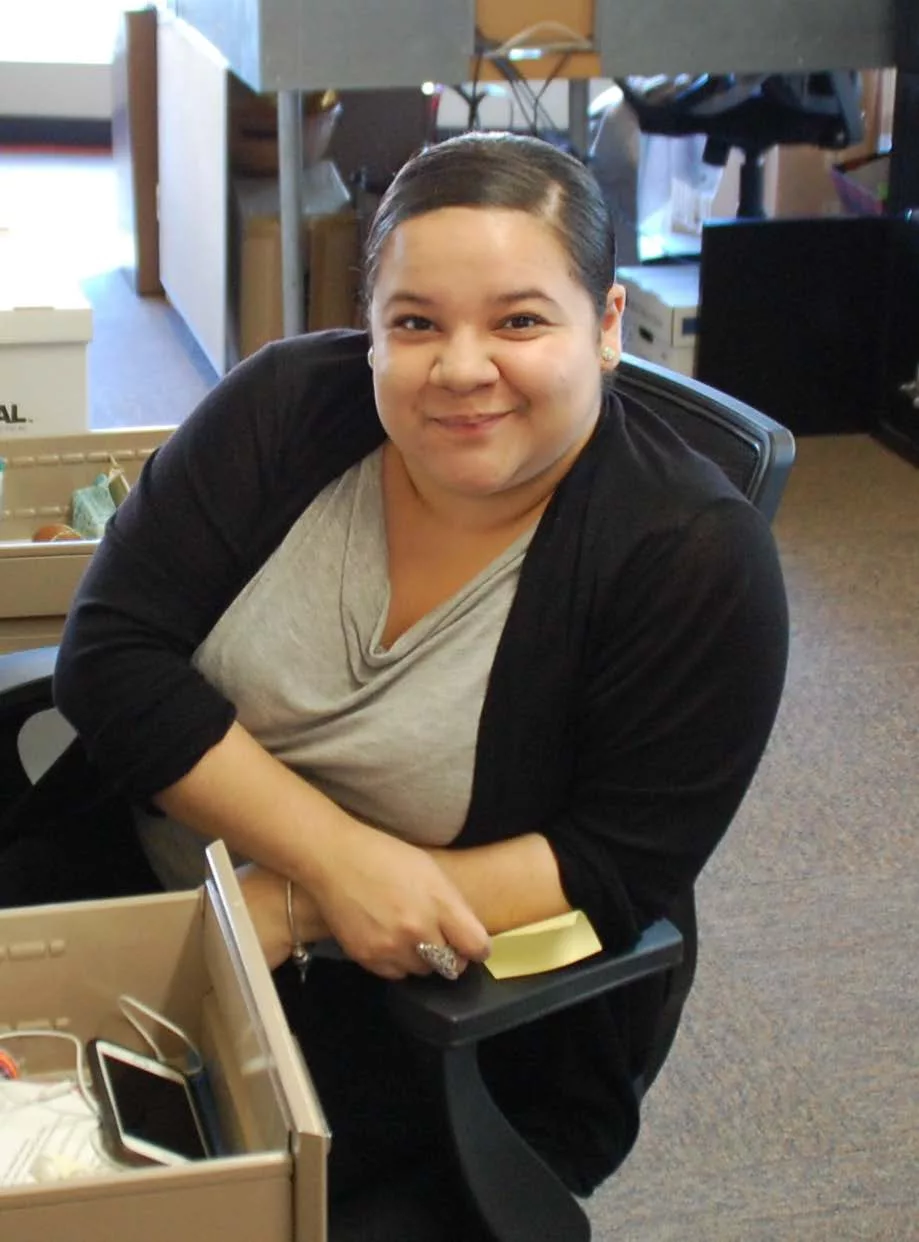This post previously appeared in “On the Home Front,” the blog of the National Low Income Housing Coalition.
By Kat Feliciano, Housing Supports Operations Administrator at Metro Housing|Boston
 People often ask me to describe the typical family that we assist. In truth, no families are alike. Circumstance, personalities, challenges, disabilities, job prospects – all of these lead to very different stories.
People often ask me to describe the typical family that we assist. In truth, no families are alike. Circumstance, personalities, challenges, disabilities, job prospects – all of these lead to very different stories.
After experiencing homelessness and living in her car with her two children, Sharon was grateful to have finally found a place to live in late 2017. That feeling of gratefulness would not last, however. The owner of the building that Sharon and her family were staying failed inspection for code violations. The landlord was given multiple chances to bring the apartment to code but failed to do so. Rather than making the necessary repairs, he told Sharon she needed to move out.
With Christmas approaching, Sharon struggled to find a safe and decent place to live and was fearful that she would be spending the holiday in her car. When she visited our offices in mid-December, I knew I had to act quickly because she was just weeks away from being evicted.
When families are about to be evicted from their homes, or when they are behind on rent or electricity or heat, or when they need help to move to a place near family to help care for a sick family member – while their stories are different – there is one solution they have in common.
Since 2013, the Commonwealth of Massachusetts has funded a homelessness prevention program called RAFT (Residential Assistance for Families in Transition). Metro Housing|Boston administers the program for 29 communities in eastern Massachusetts. In 2017, we helped 1,474 families – some like Sharon’s – stay securely in their homes.
I filed an emergency RAFT application and Sharon was approved. I was able to get her moved into a better apartment with her and children before Christmas with an apartment that was habitable for her and didn’t put her at a health risk. The RAFT funding was able to cover the first and last month rent, plus security deposit.
The help that Sharon and her family needed is among the most common among families since the program’s beginning – first and last month’s rent and security deposits – behind rental arrearages. Statistics suggest that Sharon won’t need RAFT assistance again – fewer than 4% of families who received RAFT last year had received assistance the previous year.
Who qualifies for RAFT?
To qualify, your income should be at or less than 50 percent of the area median income ($46,550 for a family of three in Boston) and have a dependent child under the age of 21 or are pregnant and the head of household.
Reasons can include:
- Eviction. Have received a court summons or are already involved in the court process.
- Foreclosure. Notice from mortgage lender stating their intent to foreclose.
- Doubled-up at a friend or family member’s house and have been asked to leave.
- Violence or abuse in the household.
- Utilities are at risk of being shut off or have been shut off.
I was very happy that I was able to get such a quick turnaround for a family that thought they were never going to be able to move because they couldn’t afford first and last month rent plus security, even while saving every last penny.
To read the 2017 RAFT IN REVIEW Report, click HERE.